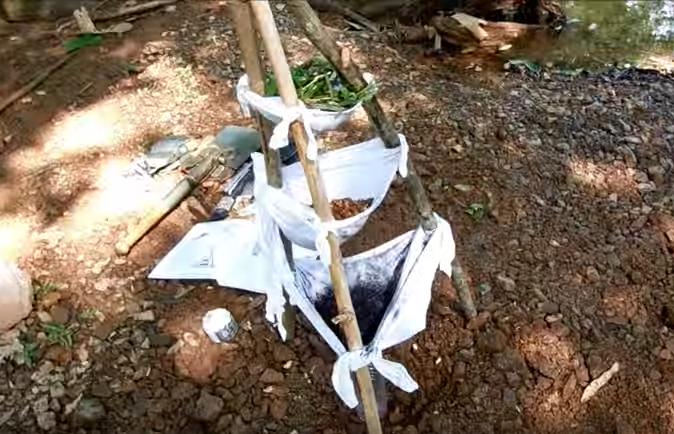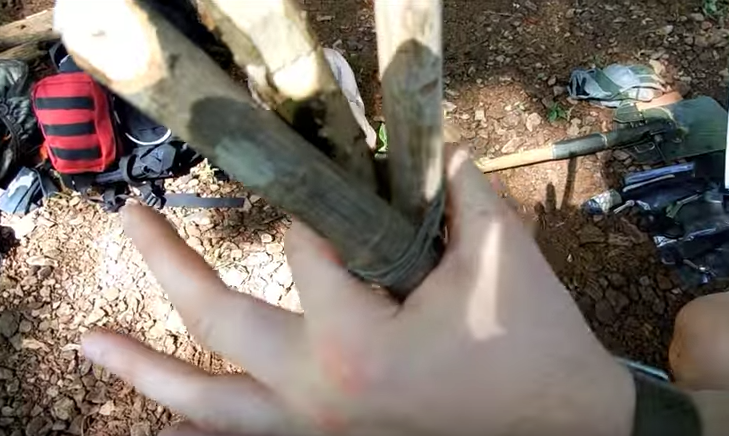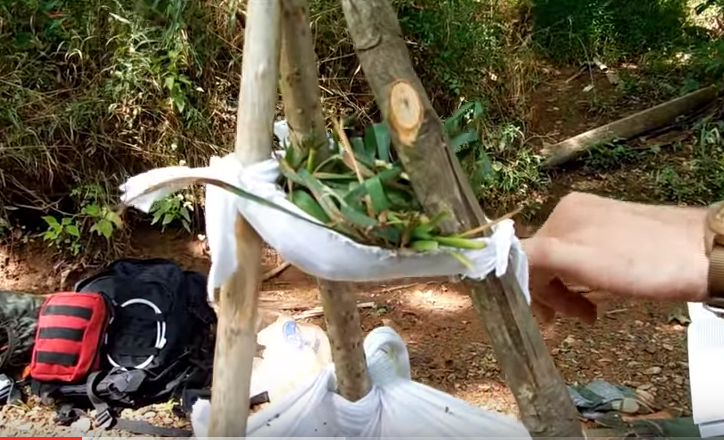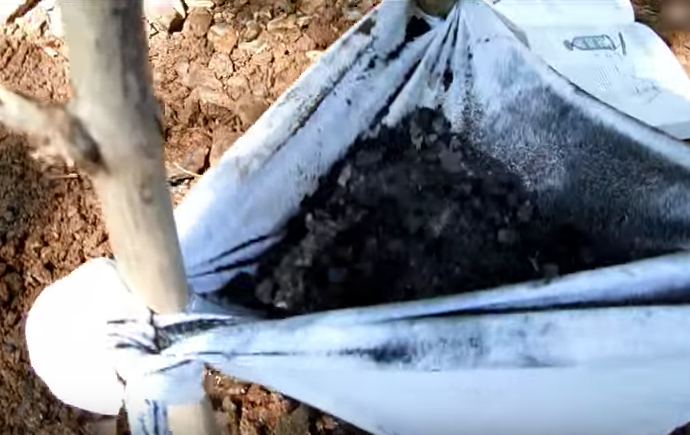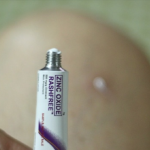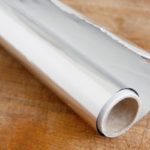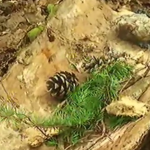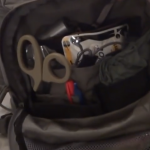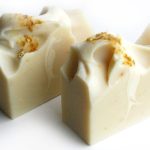How to Make a Tepee Water Filter
Water filtration is one of the most important things to consider in a survival situation, and there are limitless products on the market to accomplish this task. However, you may find yourself in a situation where you don’t have access to these devices, and building your own may turn out to give you additional options. One simple and effective way to filter water is through a drip system, and making one in the form of a tepee-type structure is very easy.
You don’t need any special material other than some sticks, cordage and cloth. As long as you have access to dirt, stones, sand and charcoal, you can combine all of these items to provide a first-stage filter in a matter of minutes. While this design won’t purify water, it will take dirty water and make it much cleaner. This will enable you to take water from sources that contain a significant amount of particulate matter. It can also work when filtering water that has a foul odor.
The first step is to decide how big you want the frame to be, and this will depend on the amount of fabric that you have on hand. You will need to make three stages, with the largest piece being on the bottom and the smallest on top. So, it is important to make sure that you have enough material for each level before constructing the frame. Once you are ready to build the frame, take three sticks or branches of even size and lash them together an inch or two from the tops. You don’t need to make the fittings really secure because the frame will have some added strength once the fabric is attached.
However, you want to make it stable enough to rest on its own and support the structure. Usually, wrapping some string, shoelace, cordage, duct tape or even tree bark will do the trick without any problems. You also want to make sure that you build in enough flexibility so you can widen or shorten its diameter as needed. Once you have the frame in place, the next thing is to attach the fabric. It may sound counter-intuitive, but you may want to attach the largest piece first in order to ensure that the diameter of the frame is the right size.
There are differing opinions as to the ideal fabric to use for filtration. However, keep in mind that the dirt, sand, gravel and other material will do most of the work, and the fabric is essentially there to hold everything in place. So, try to use a strong and thin fabric such as a bandanna or material from a t-shirt. However, you can use plastic if you don’t have any more options as well. Just make sure that you poke some holes on the material for the water to pass through.
Tie off the bottom layer and then start attaching the middle and top ones. It is important that you make them loose enough to hold the filtration material but tight enough that they won’t sag into each other once everything is in place. Once you have attached the fabric or plastic, you can start to add the material.
Ideally, you want to fill the top layer with coarser material and then add mixed material for the center and use sand for the last one. However, you can add additional layers to improve the quality of the filtration process as well. Most people use gravel for the top and then charcoal for the middle and sand for the bottom, but you can experiment with the material that you have on hand until you find the best options.
Keep a bucket or other container underneath the center of the bottom piece to catch the water. Once the water has been collected, you can purify it by adding tablets or boiling. Try this method out for yourself and see how it can provide a great, effective and portable way to remove impurities from your water supply.


